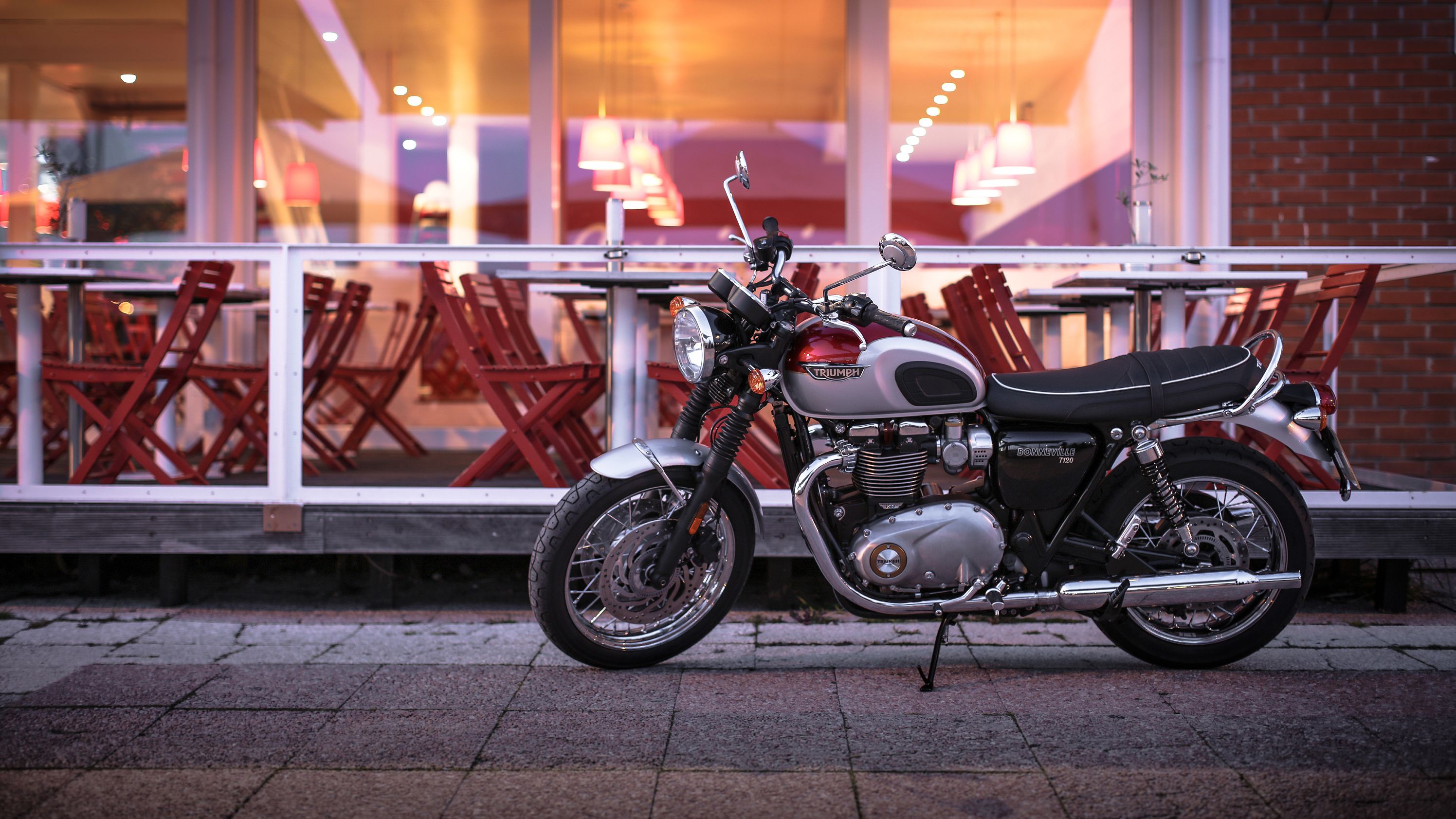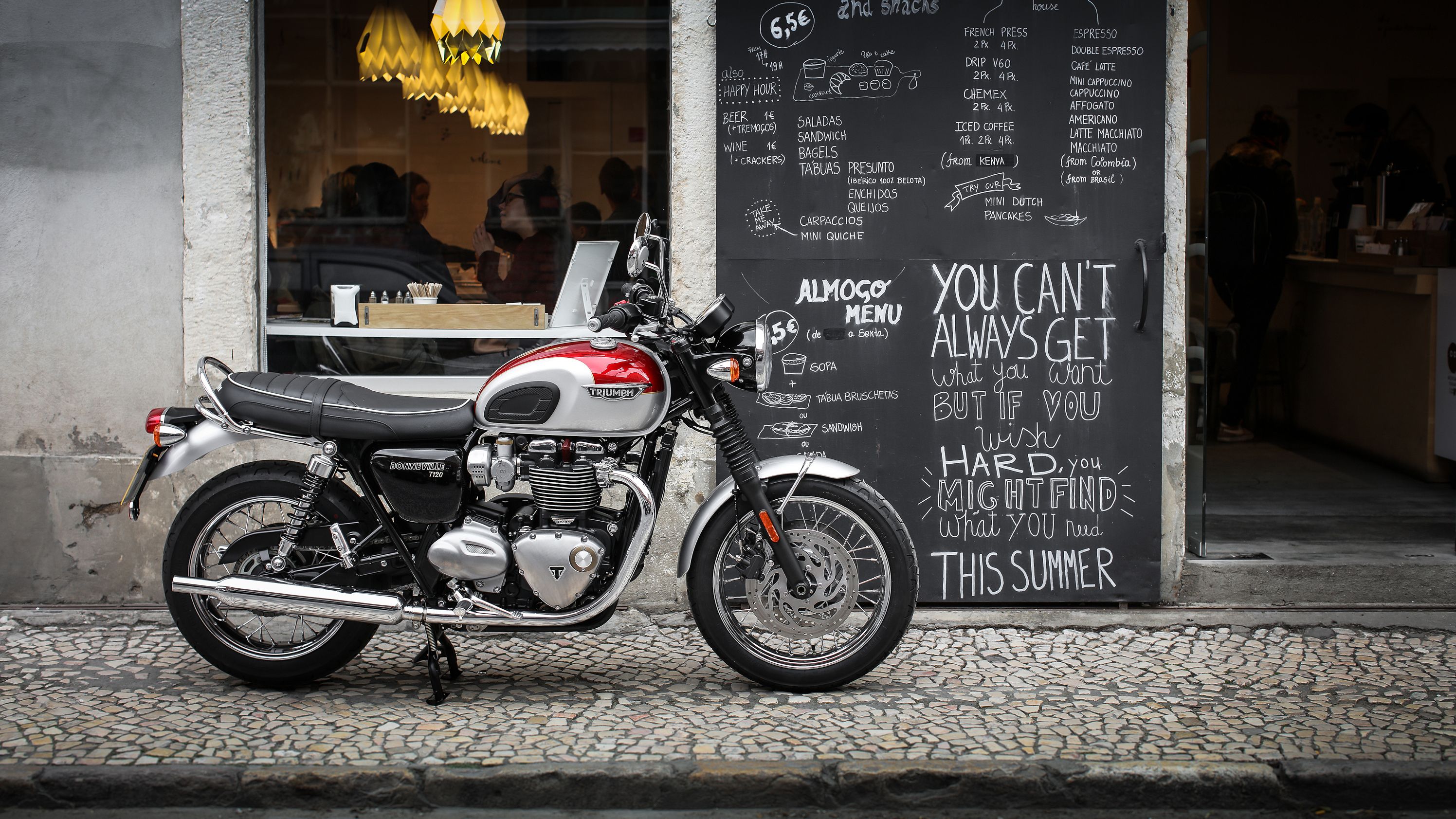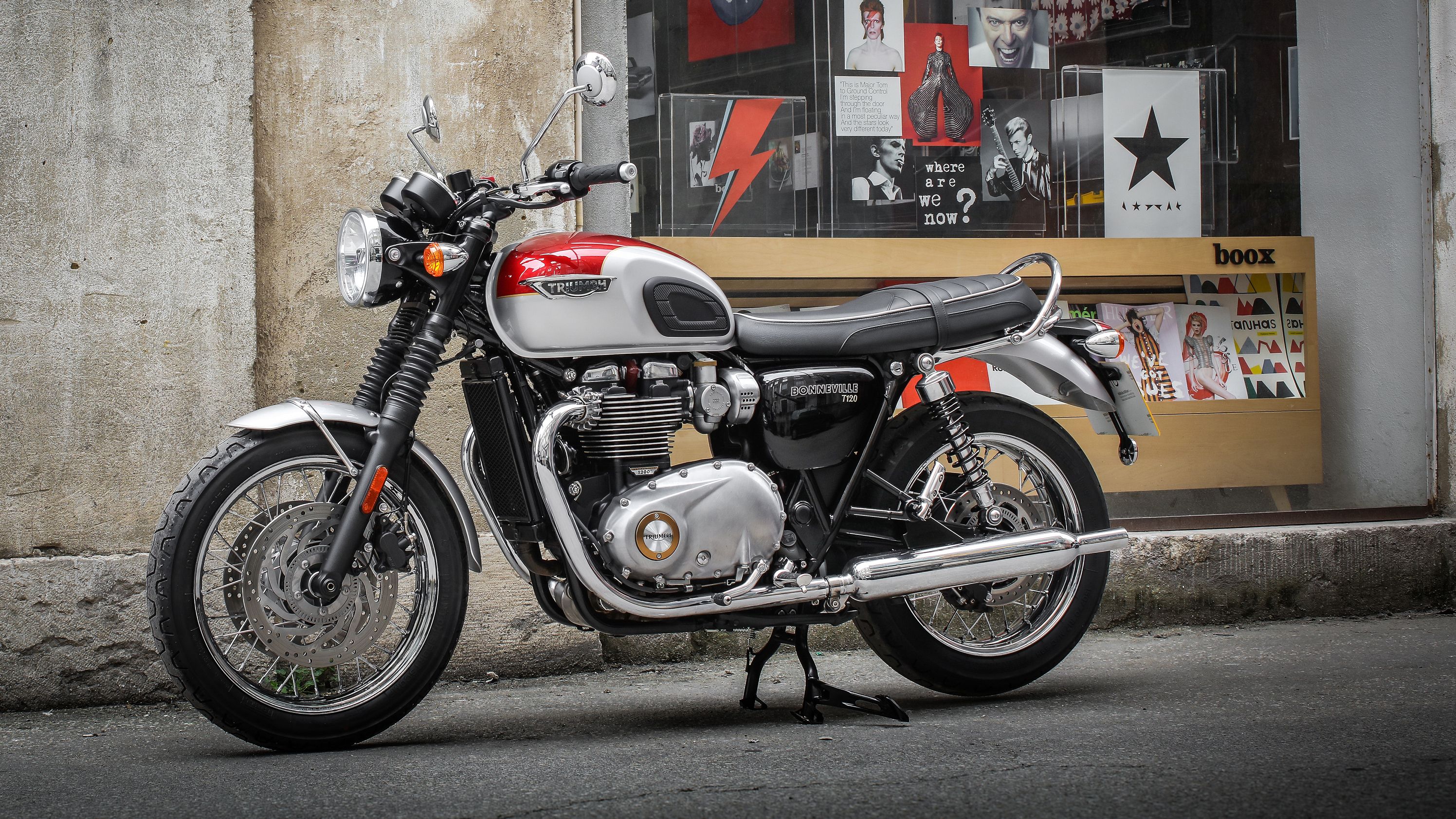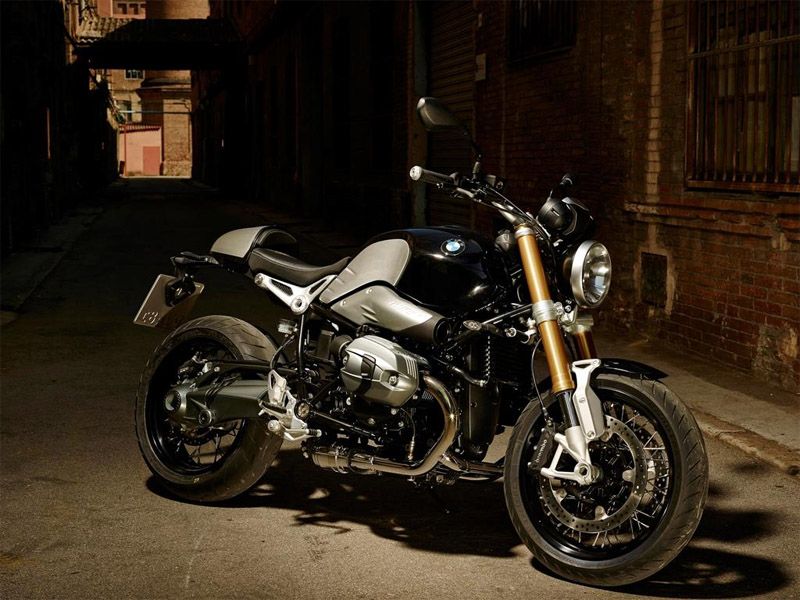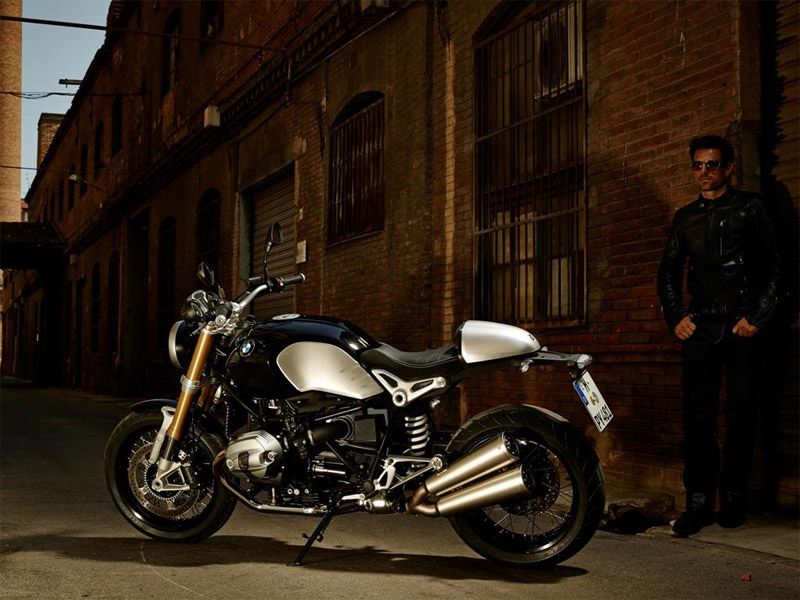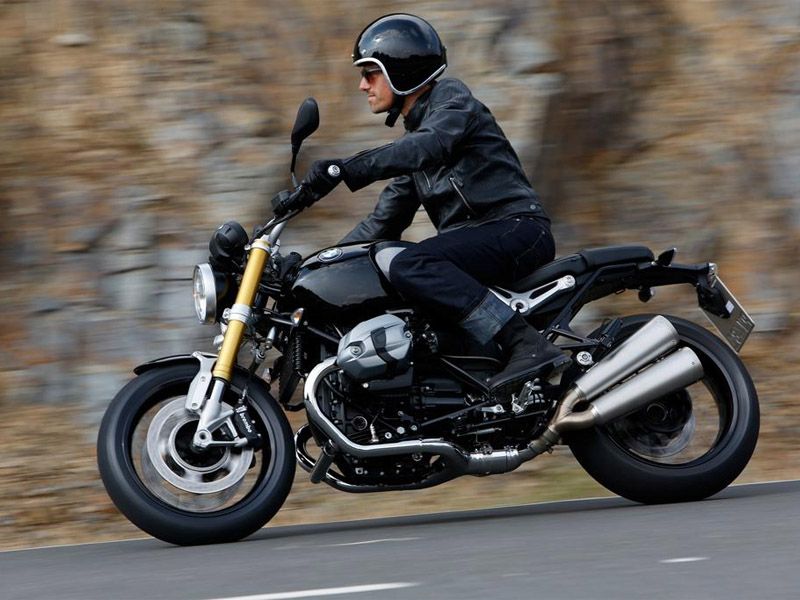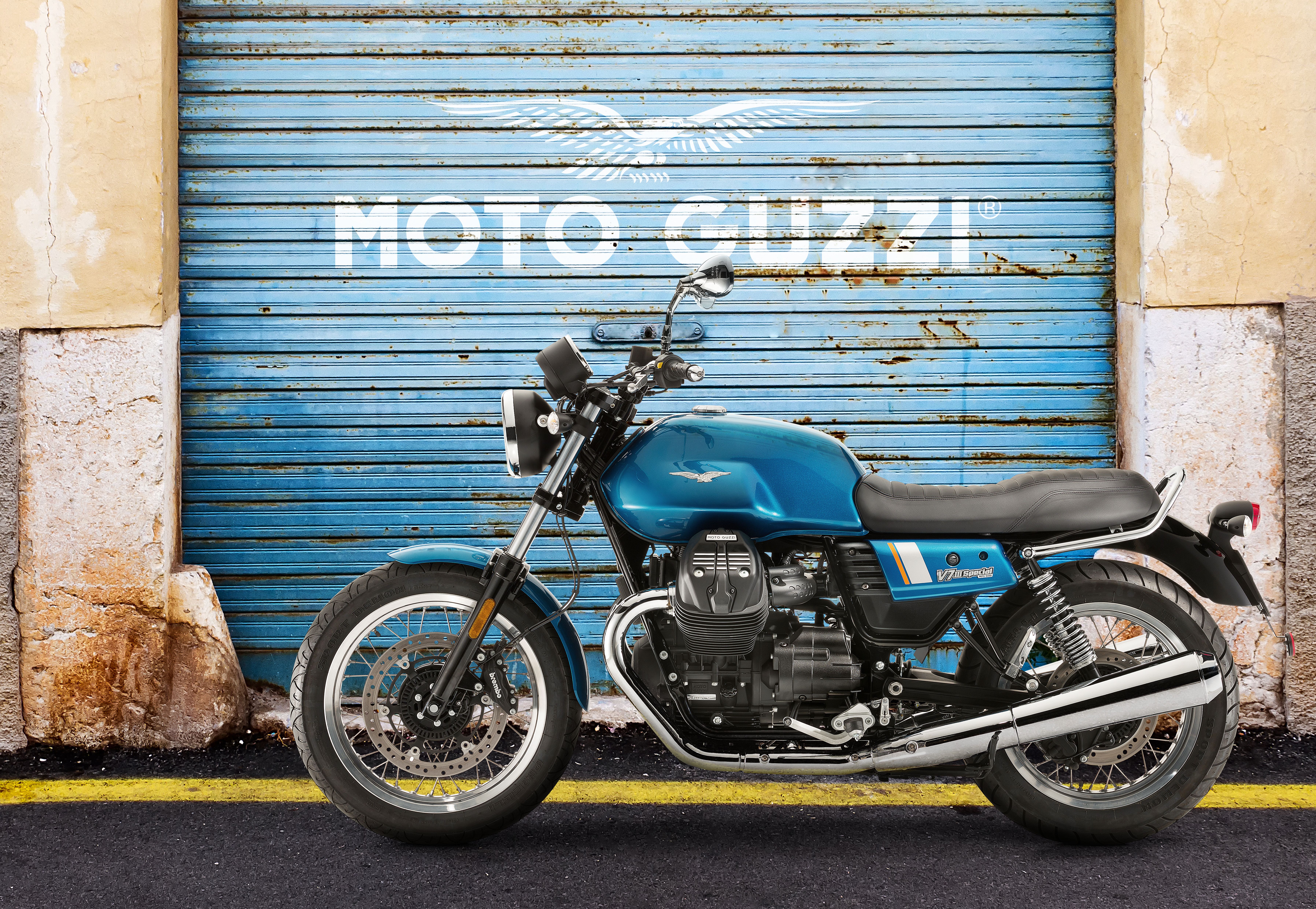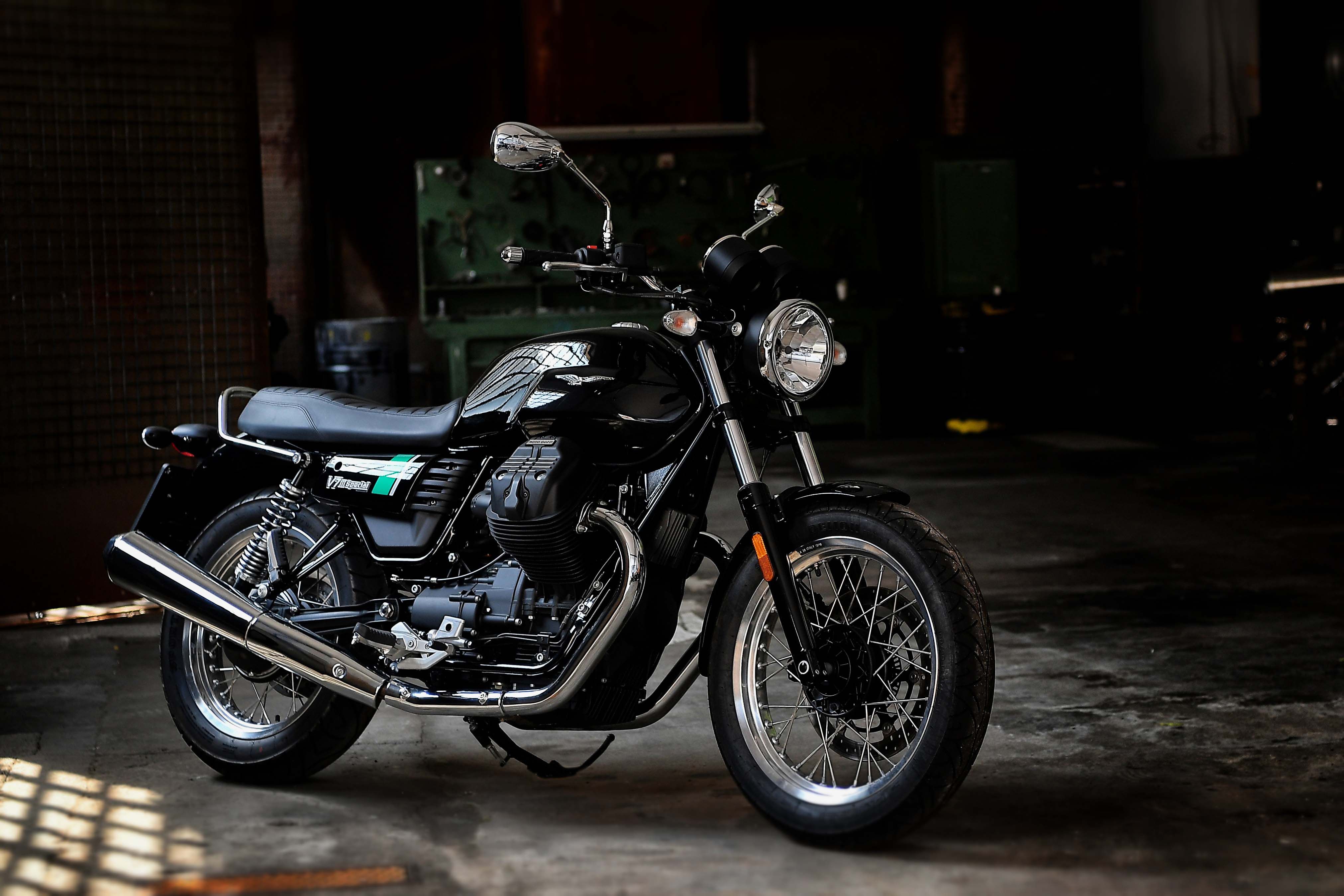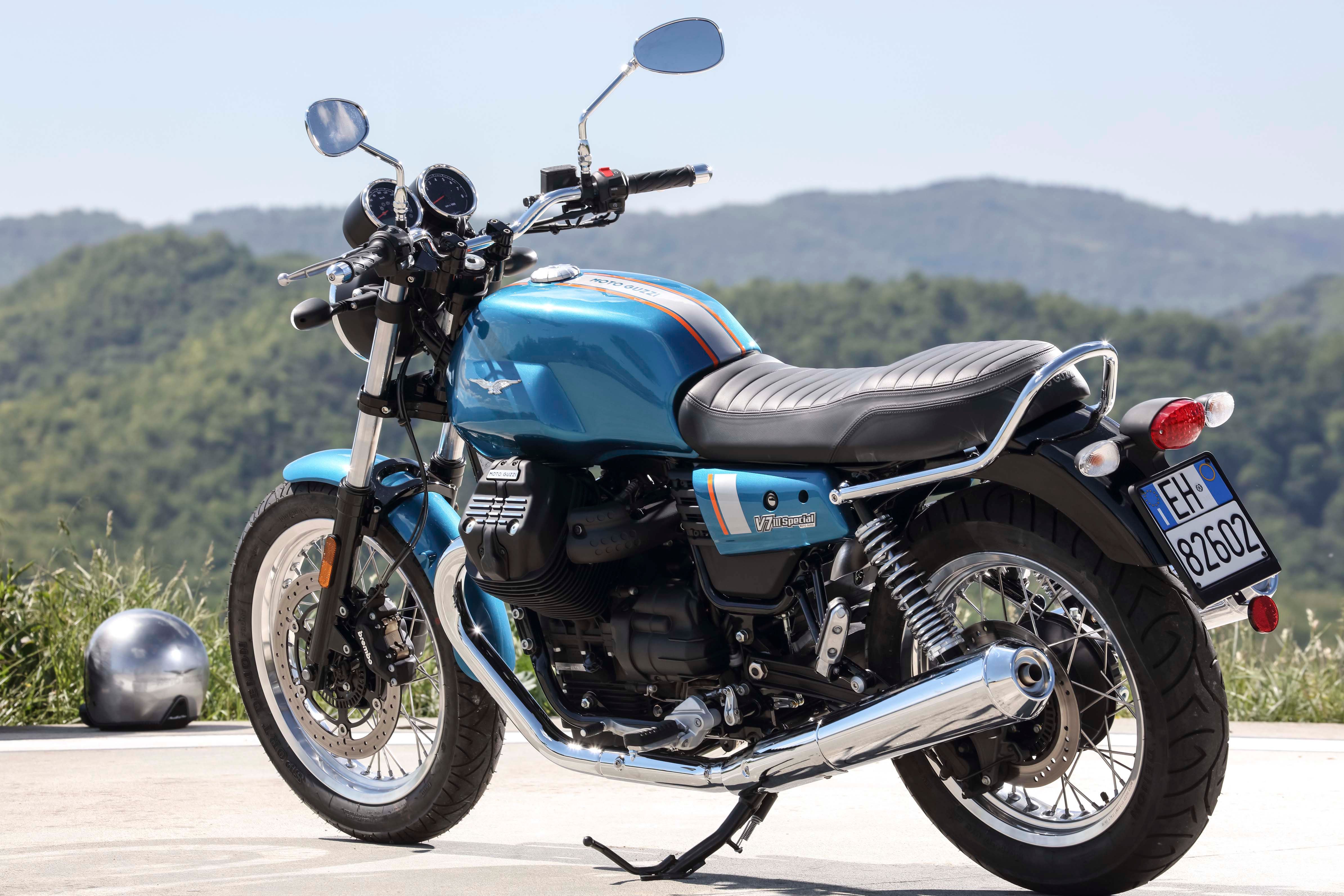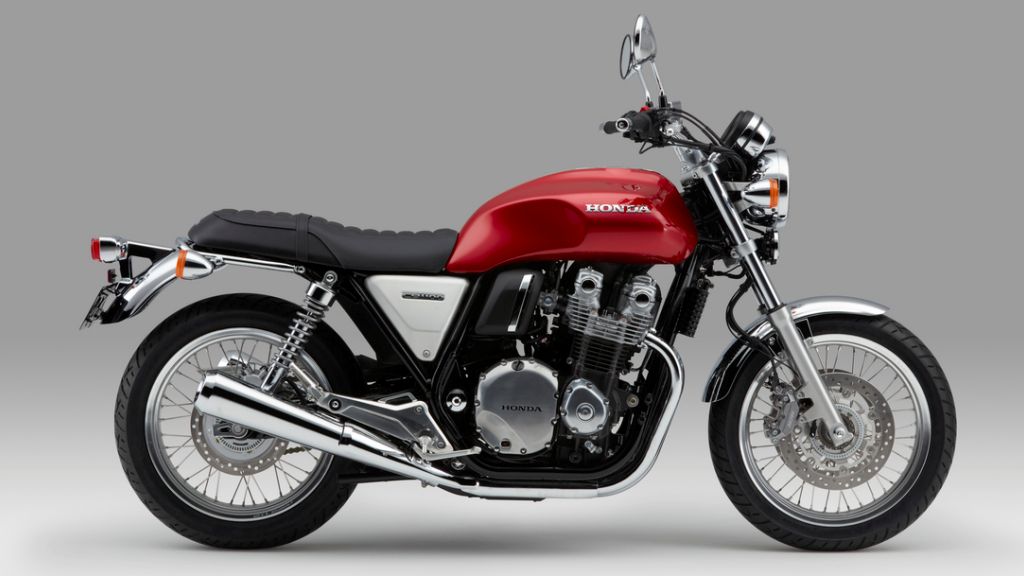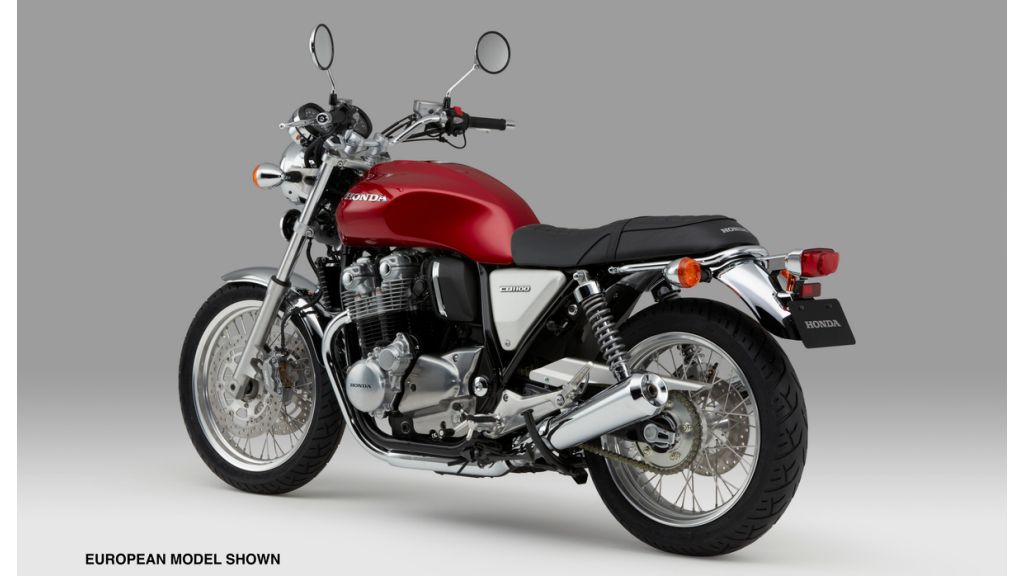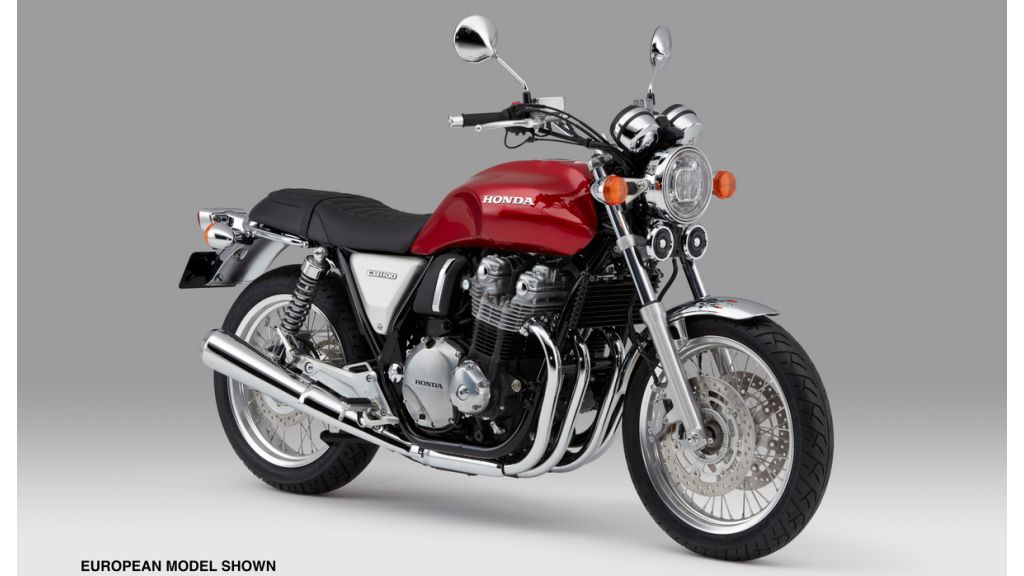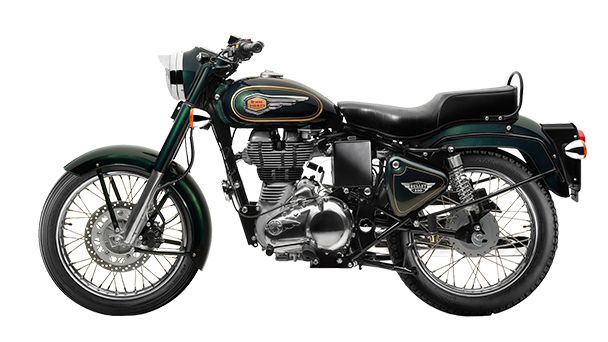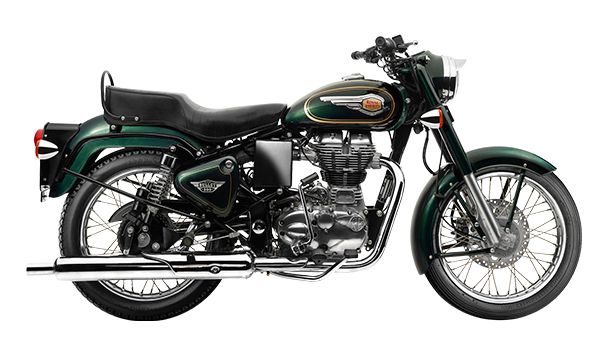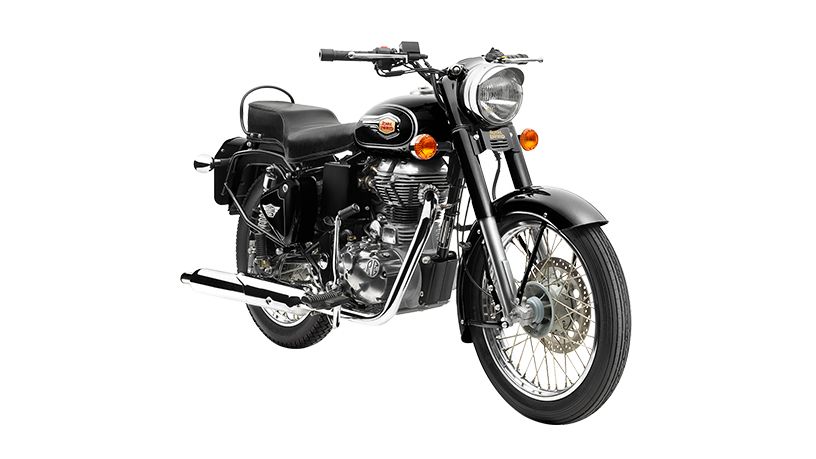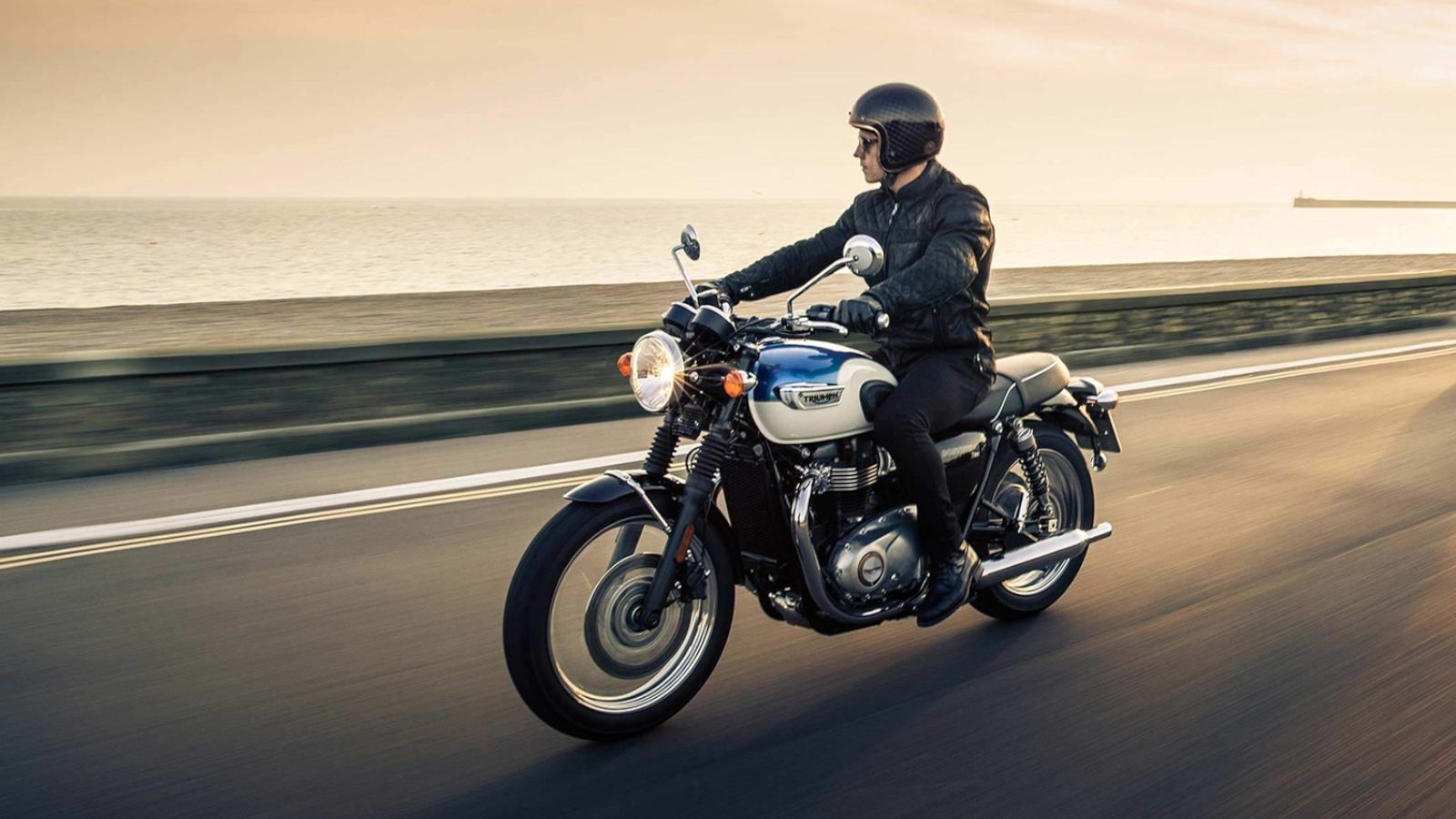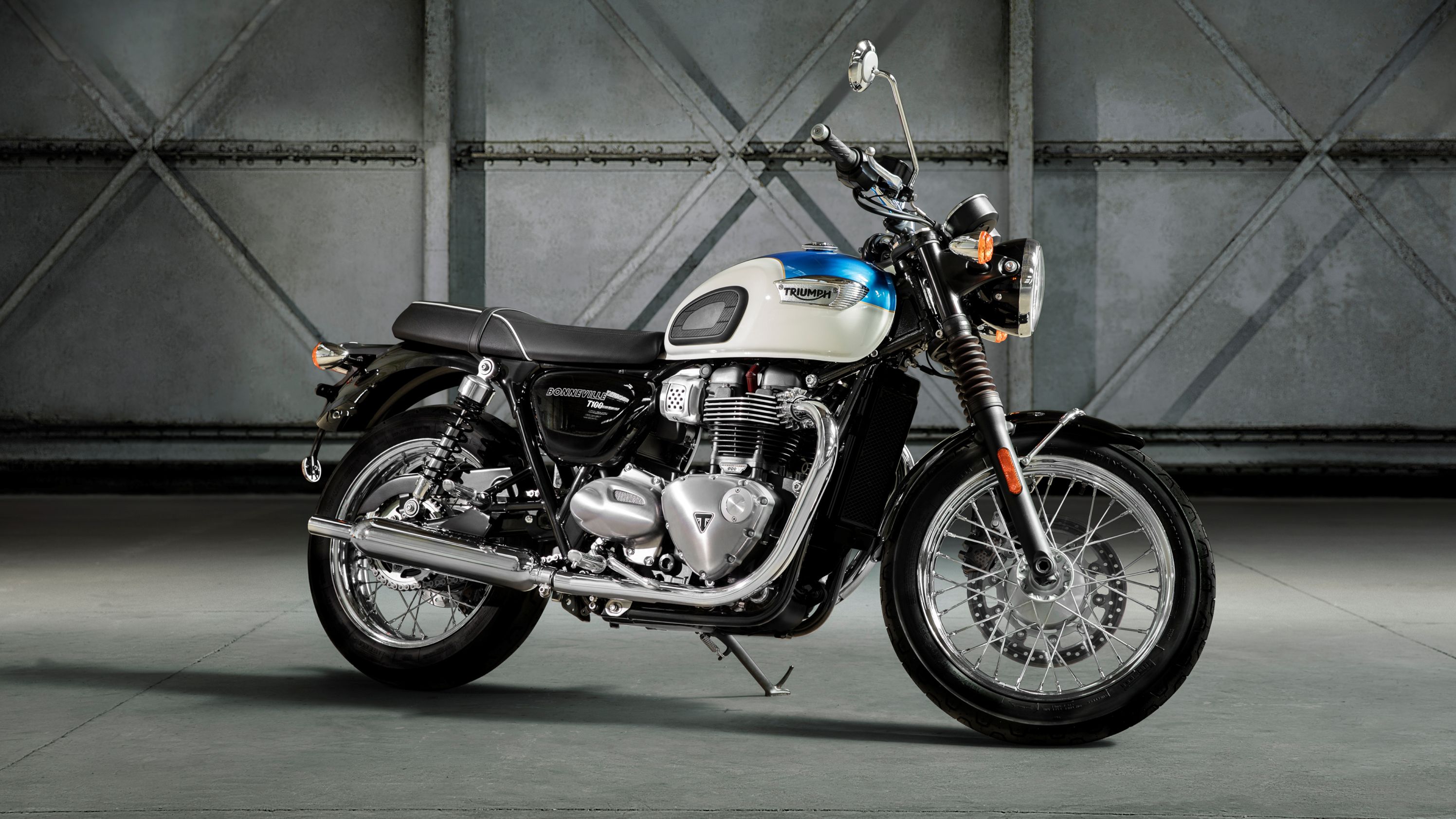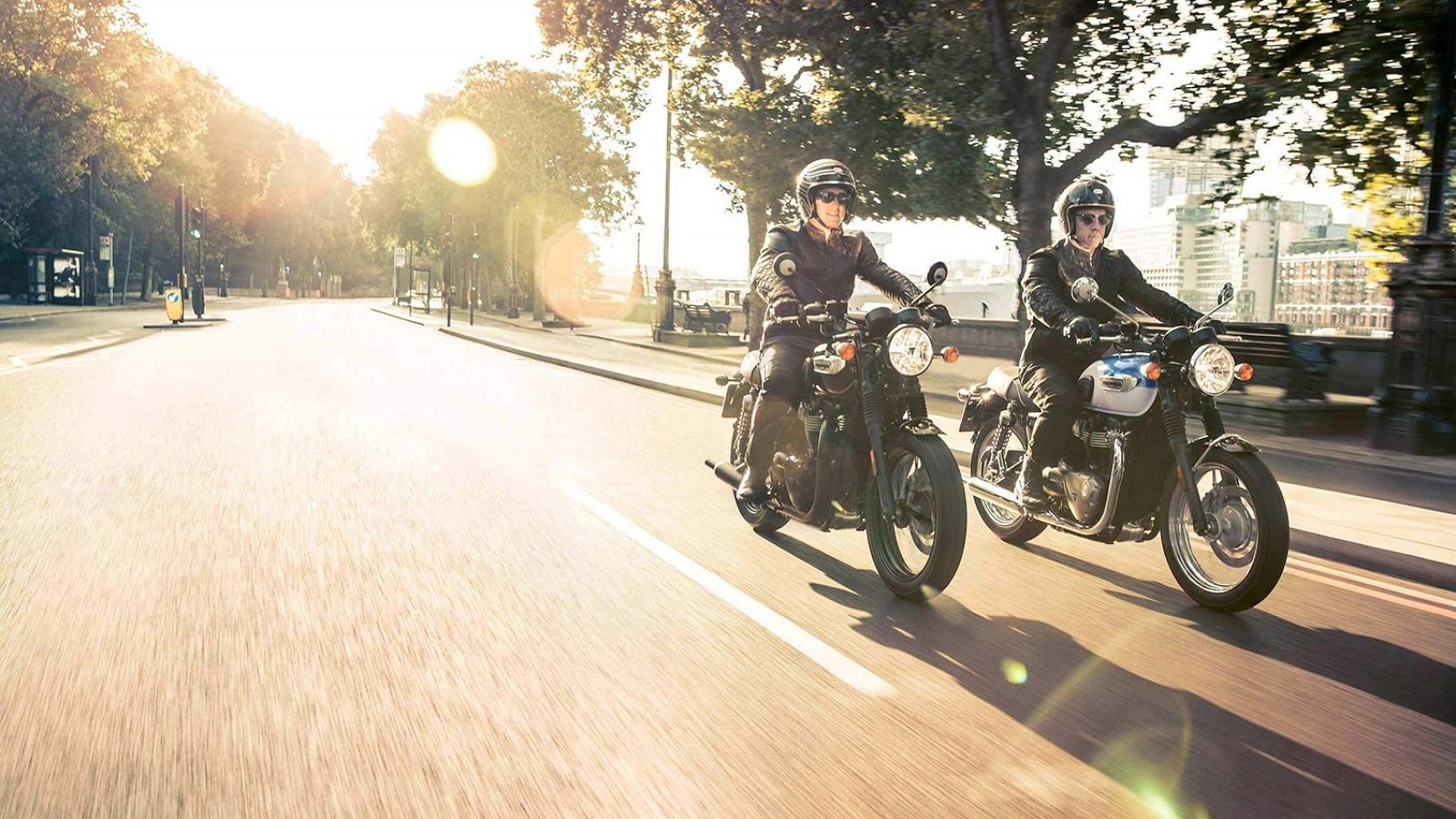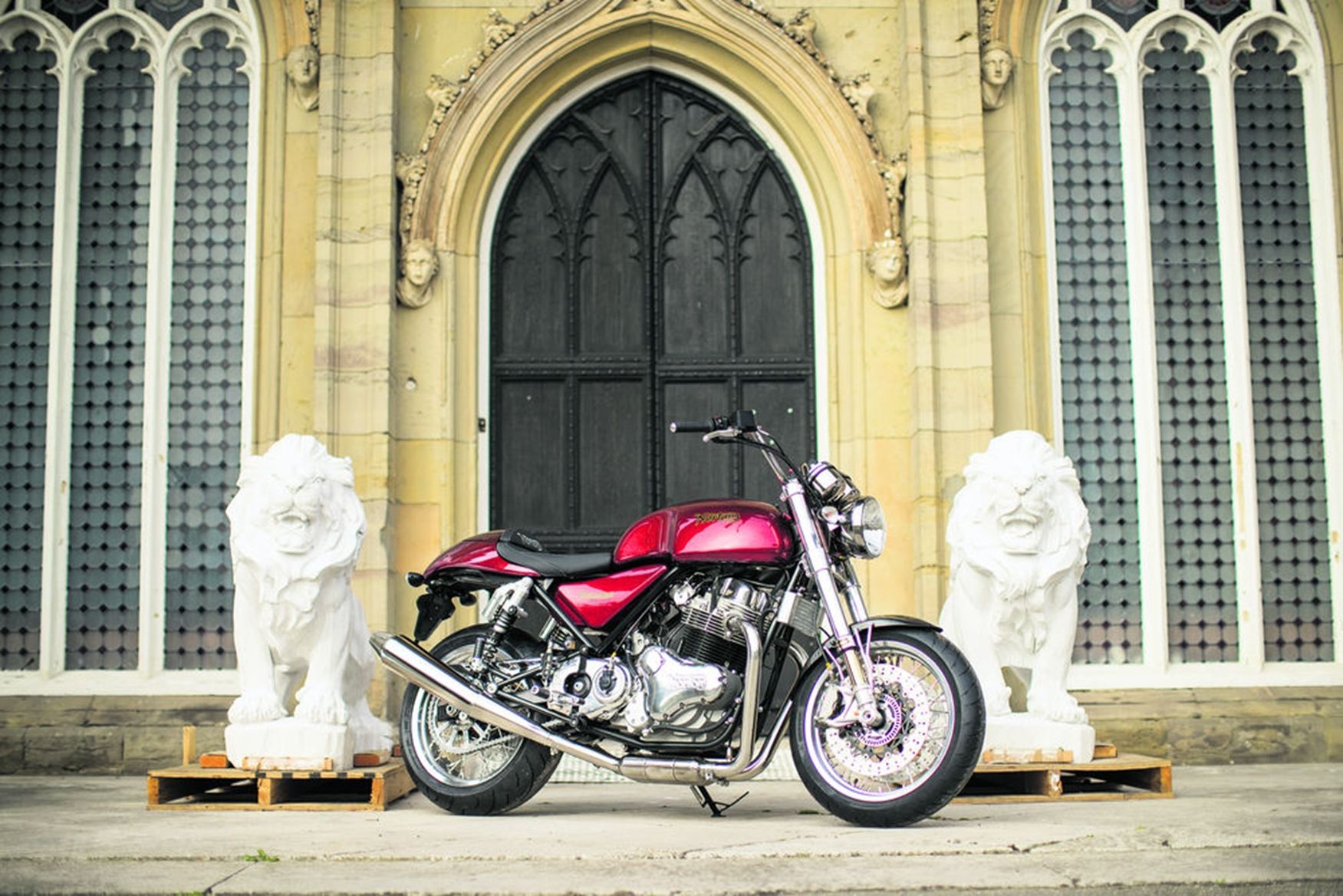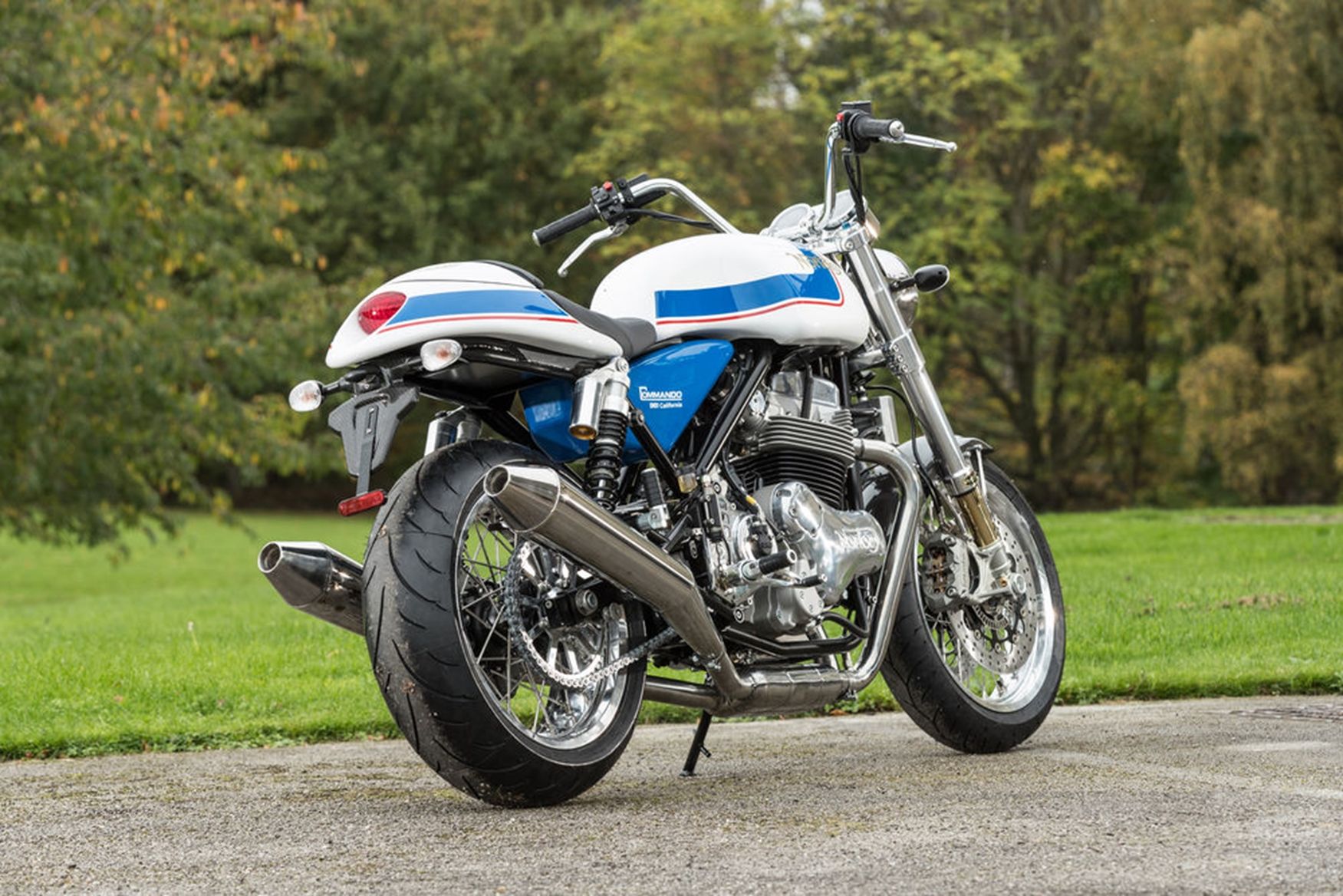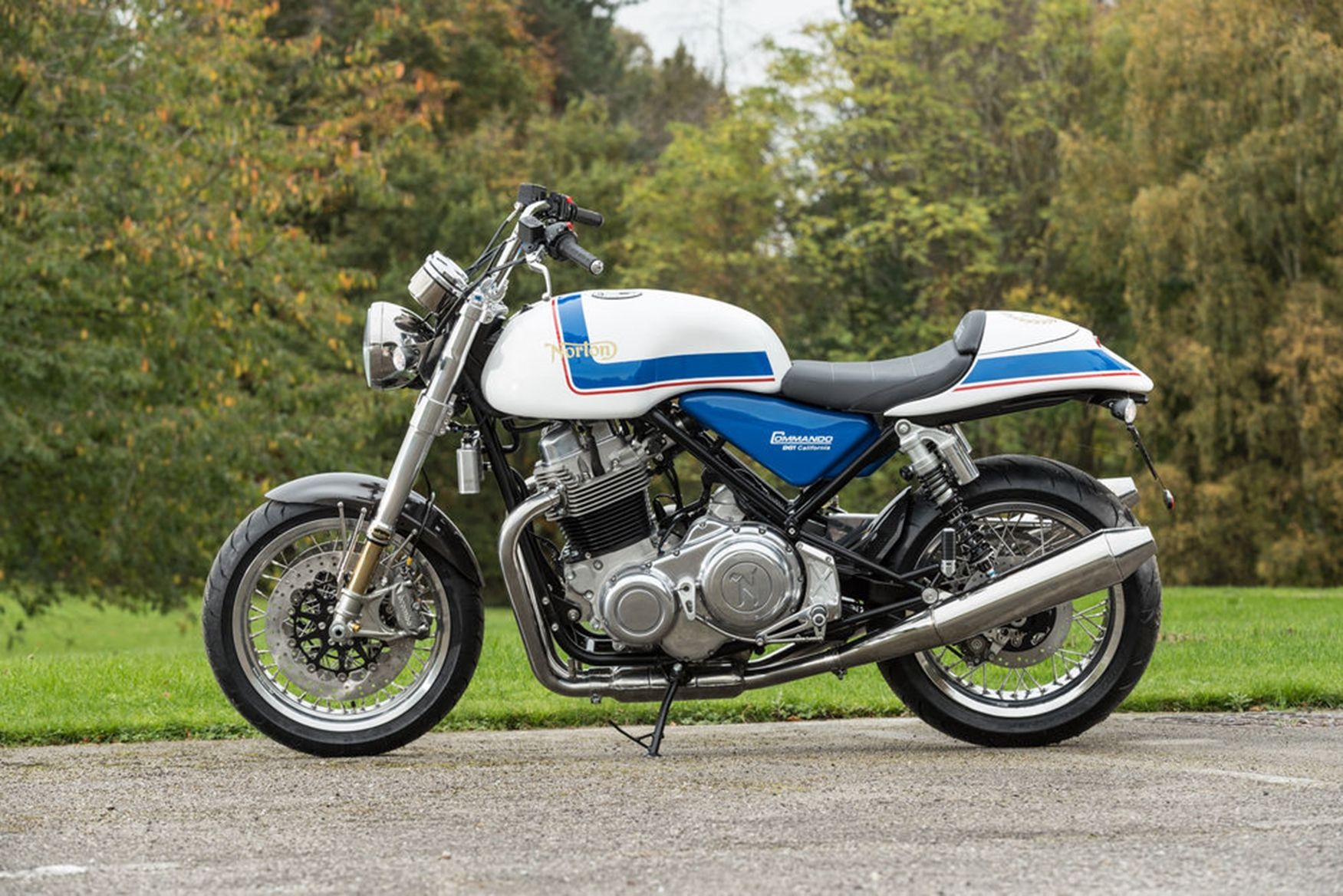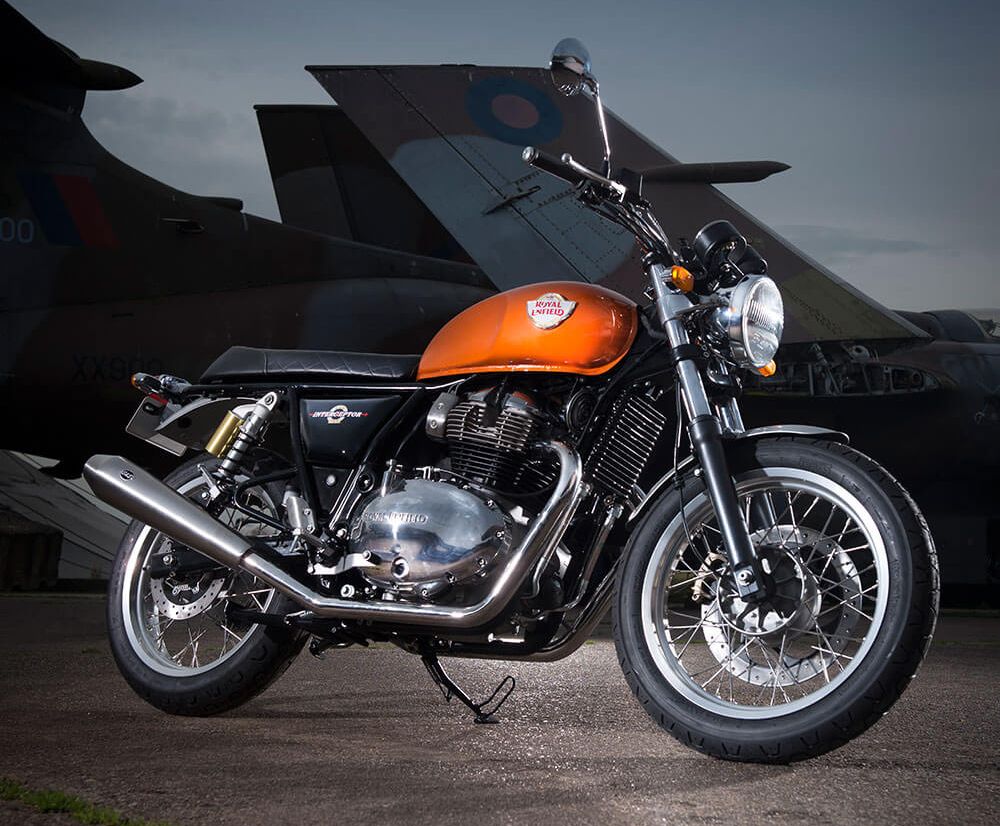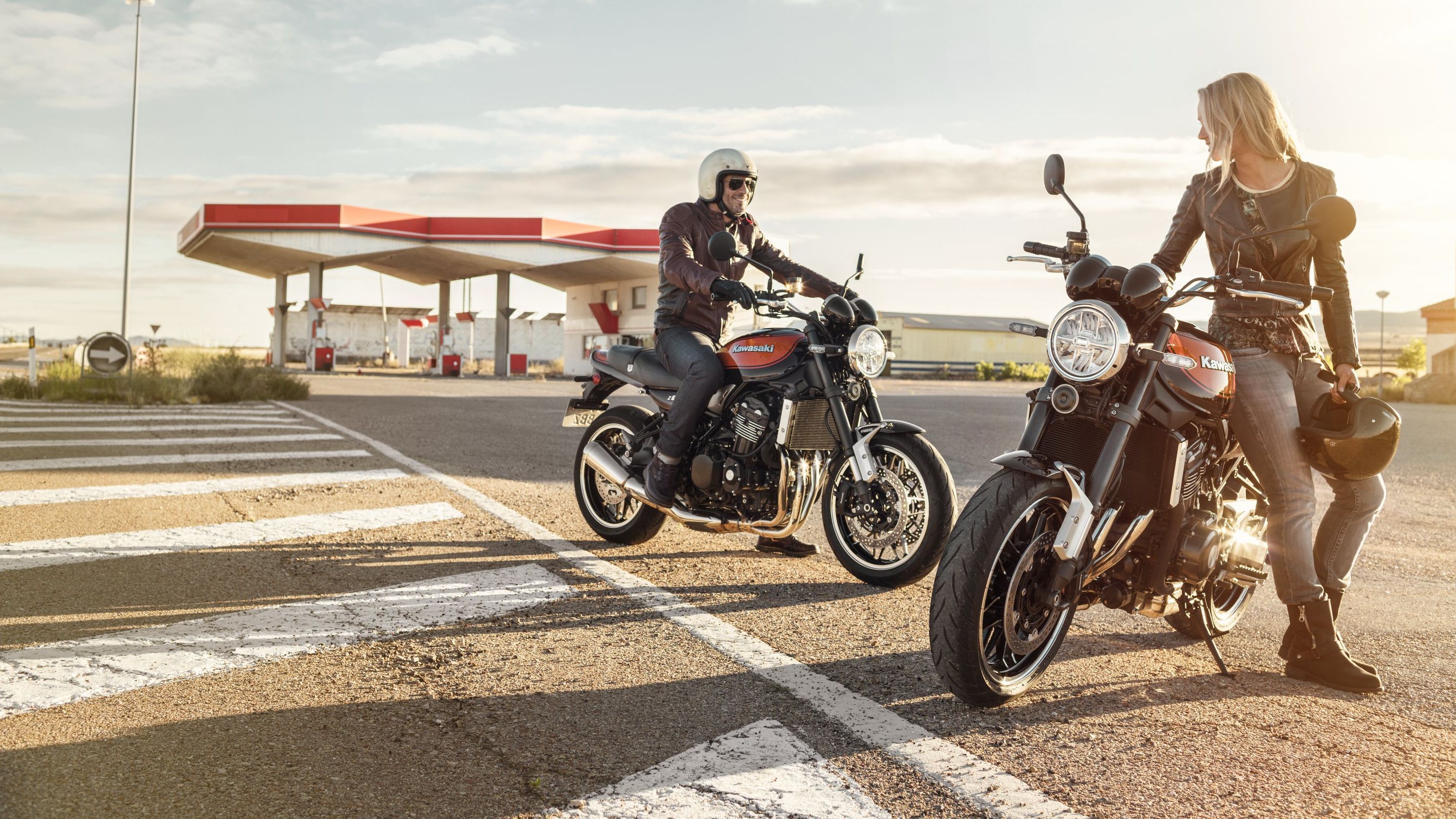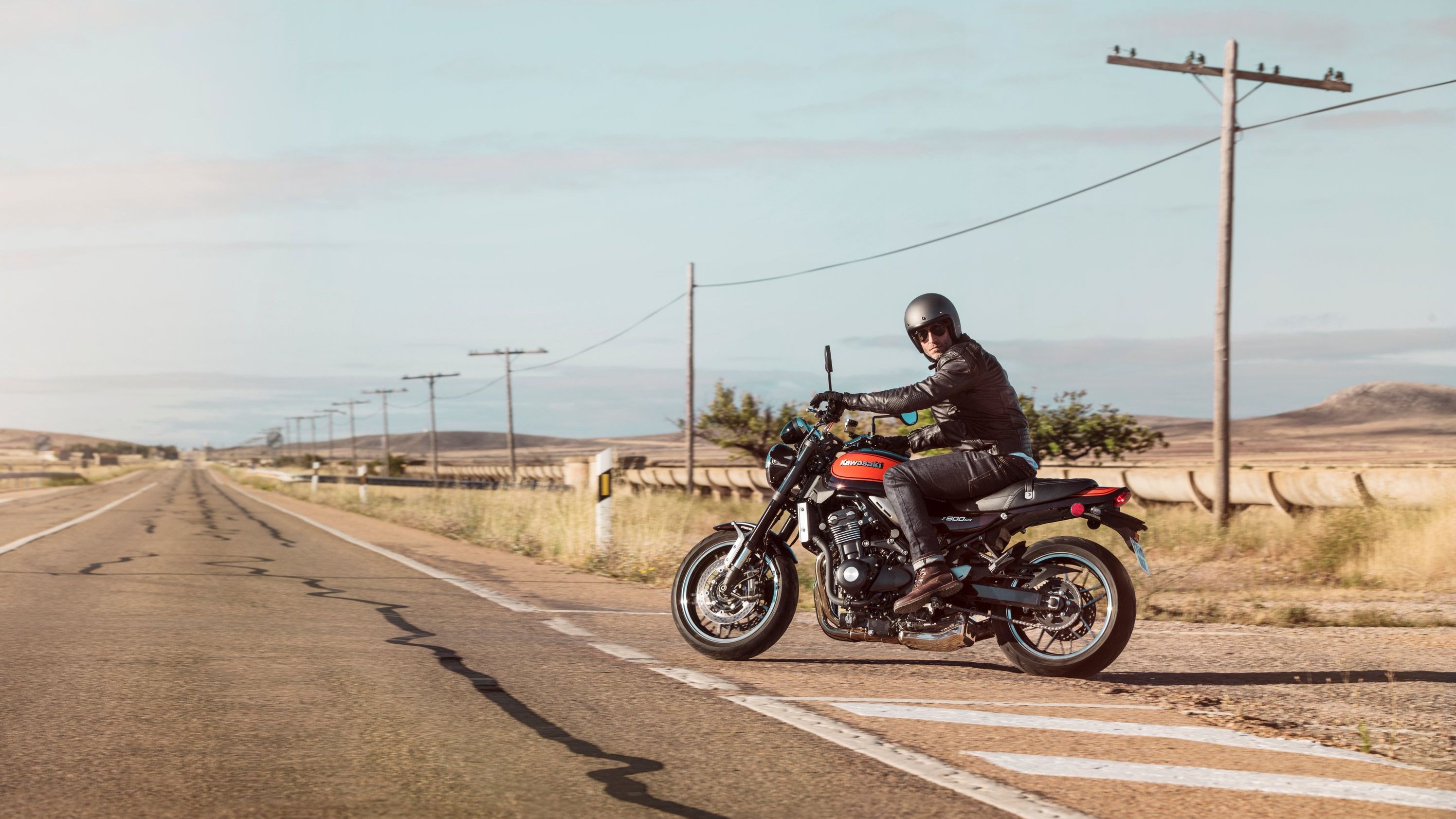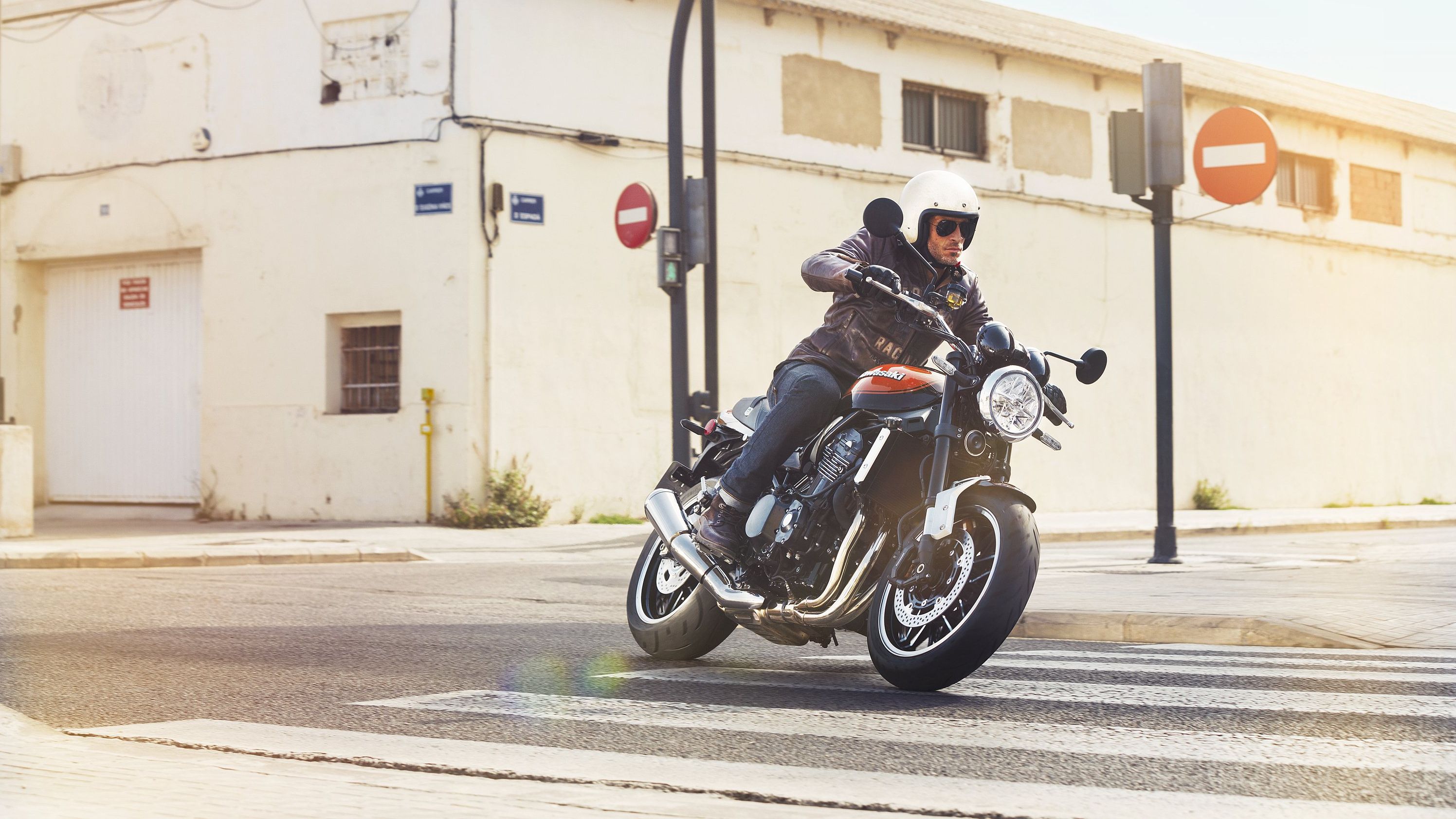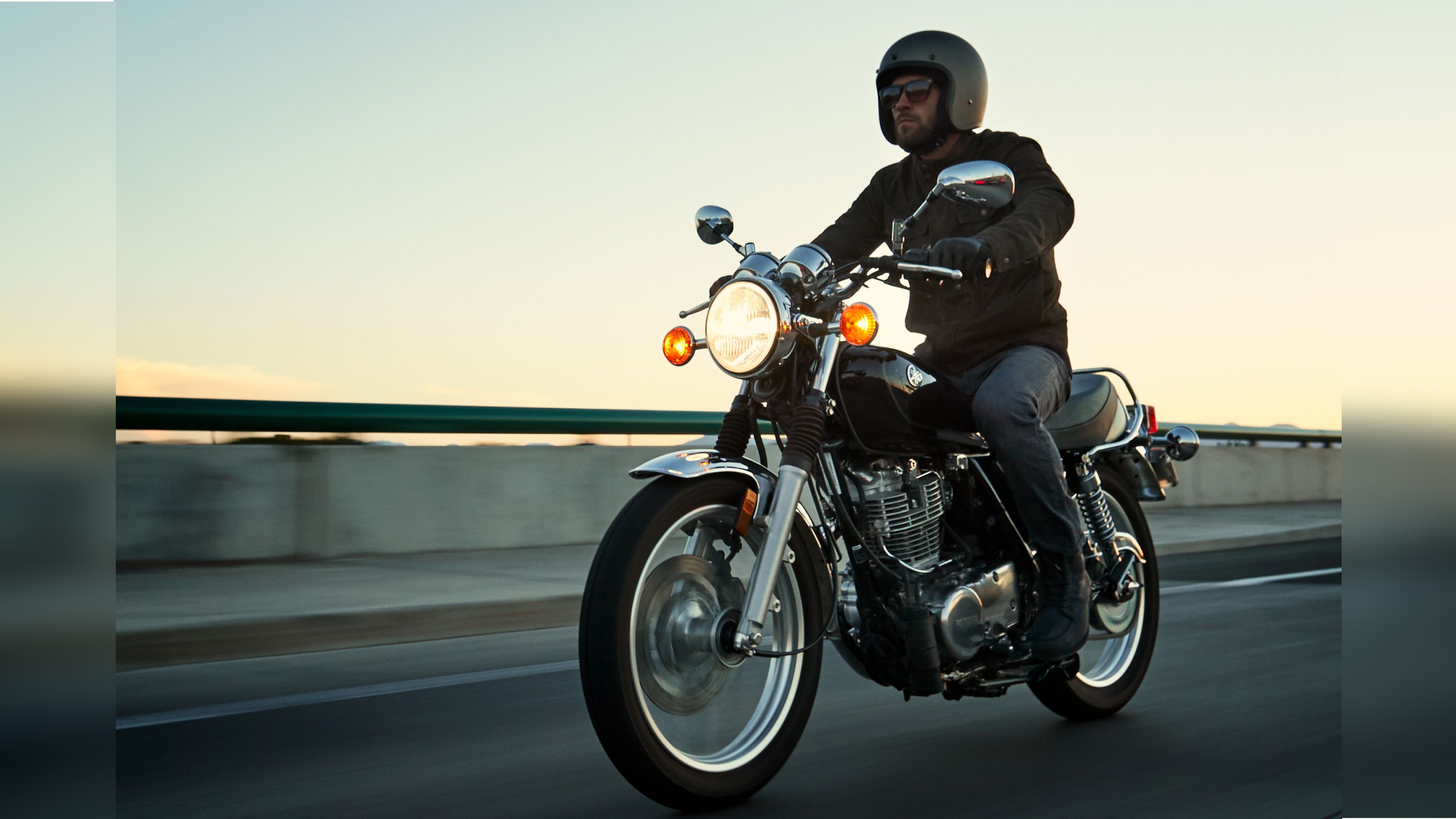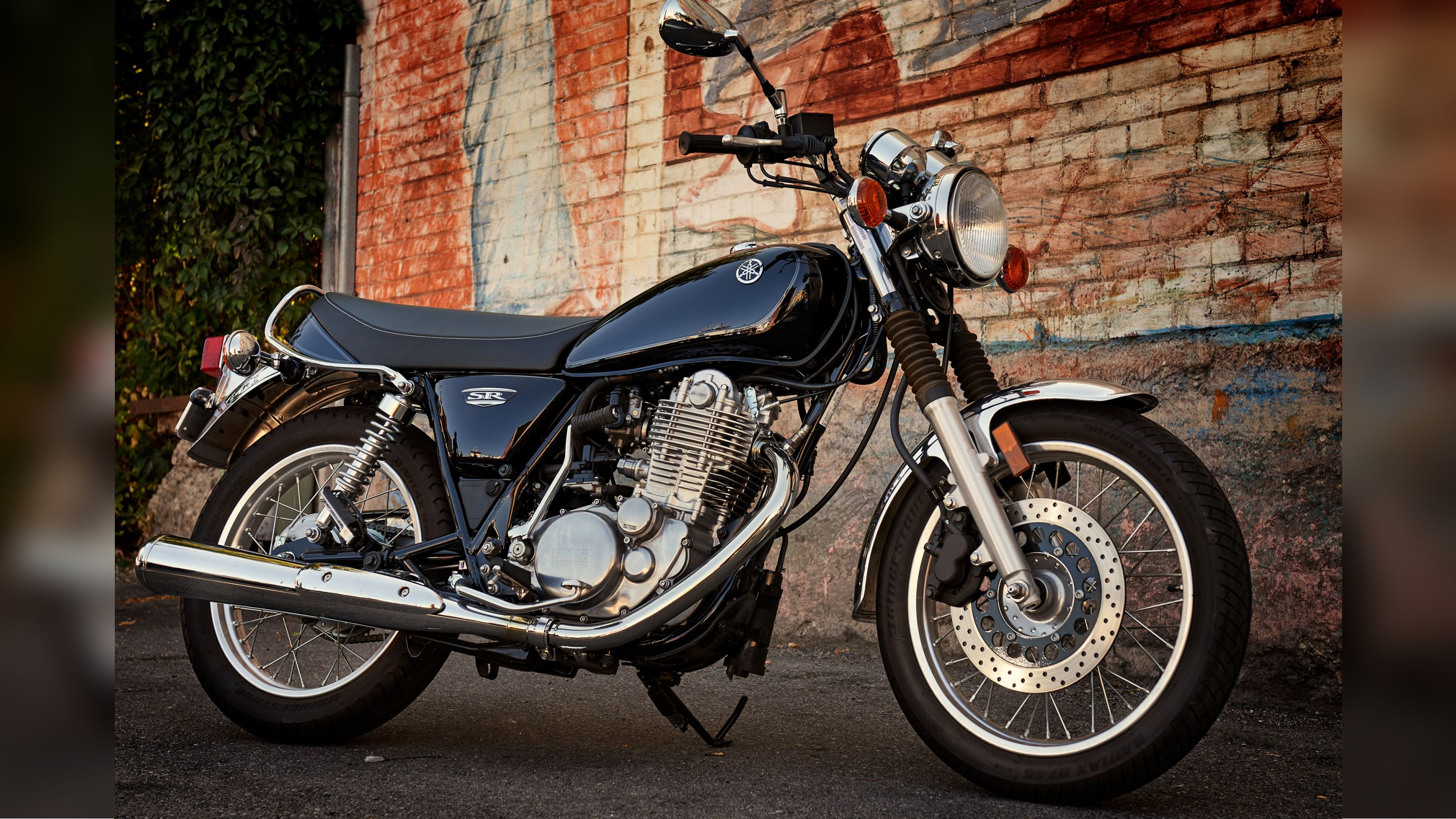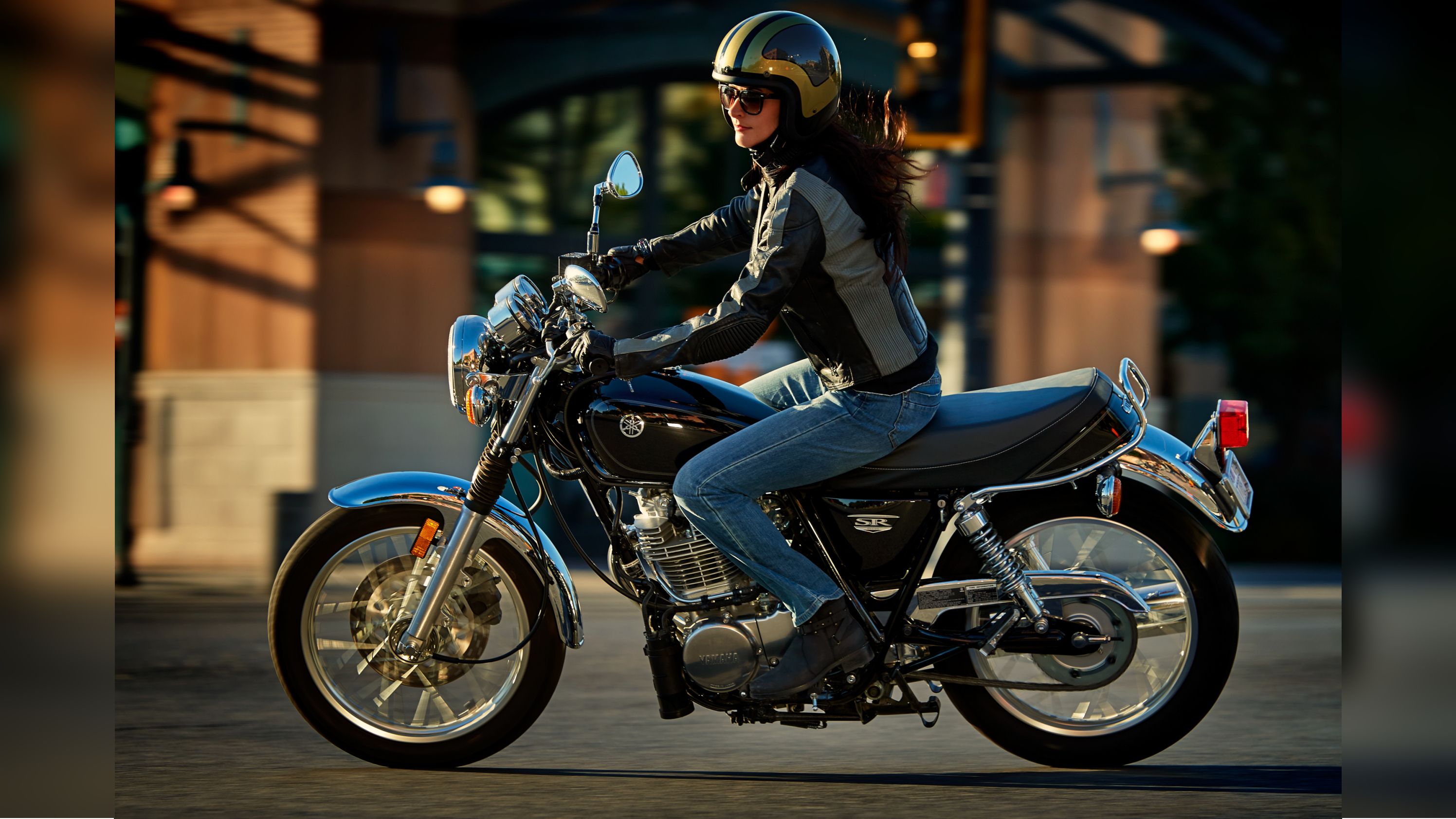Timeless designs that take you back to the pre-’60s era, heightened feeling of riding free-spirited machines and the sense of freedom. This is what a modern-day classic motorcycle offers without that knuckle bending fixes and ghastly scenes of oil dripping everywhere. Here are our top ten standard/classic motorcycles of 2018 that take us back to the time from the ’60s.
Recalling the past glories, these neo-classic motorcycles have still managed to retain the charm and posterity of minimalistic elegance along with providing modern day mechanicals and the bits. They run on efficient high output engines that are both reliable and powerful and are equipped with state of the art suspension and brake setups that will bring the bike to a halt not far from their point of application unlike the yesteryears.
Triumph Bonneville T120
Triumph is one of those who understands and respects the fact that the little finishing touches, detailing and craftsmanship give the bike a panache in its own way. The sculpted flowing lines of the original 59 Bonneville is rendered in the T120 along with the detailing on the clocks and lights. Even the engine gets the same level of detailing and finishes to incorporate key heritage styling cues of the 60’s.
Triumph’s attempt here is authentic and straight out of the box. The beautifully styled minimalism is depicted from every angle on this bike. To achieve all this with all the modern and complex electronics and wirings, Triumph has done a pretty good job in packing everything tightly under covers to showcase the simplicity of this styling.
Triumph stuck with its classic parallel-twin mill. Fuel injection and electronic engine management give the engine a respectable performance capability with 80 horsepower on tap at 6,550 rpm and 77.4 pound-feet of torque at 3,100 rpm, plenty for the bike at its fighting weight. Trumpet threw on a slipper clutch for an extra level of traction protection that will prevent wheel hop and over-revs during aggressive downshifts.
A yoke-style swingarm articulates the rear wheel with a pair of preload-adjustable, coil-over Kayaba shocks to tame the motion. The 41 mm front forks also come courtesy of Kayaba, and while they have the same 4.72 inches of travel at the axle, the front stems come with no adjustments whatsoever.
The final price depends on which color scheme you want. Both can be had in basic black for $11,800. Solid colors – Aluminium Silver for the T120 and Matt Graphite for the “Black” — will run you $12,050 and two-tones for the T120 bump that up to $12,300.
BMW R NINET
The R NineT was launched to commemorate the ninety years of BMW’s excellent journey in making glorious motorcycles. If there exists a perfect amalgamation of classic retro lines with modern age design philosophy, it has to be the R NineT. The motorcycle, with its simple silhouette and pure no-nonsense stance, makes it an extremely likable machine.
Paying homage to the original 1980 BMW R80, this R NineT combines the classic motorcycle with modern technology and sophisticated craftsmanship that can transport anyone back to the days when the bike originally meant a sense of freedom and the passion for adventure on two wheels.
The R nineT might be a homage to the yesteryears but has a heart made of a modern and a sophisticated package. Similar to the R NineT, the Urban makes use of an air/oil-cooled, flat twin 1170cc boxer engine that is endowed with a lovely long spread of power that produces 110bhp at 7550rpm and maximum torque of 85.5 lb-ft at 6000rpm. It is paired with a new fuel map and new, larger controlled 3-way catalytic converter making it up to date with the Euro4 emission standards.
Suspension setups are not exactly sophisticated to be precise. BMW has chosen to give it a decent package rather than an expensive one with the conventional telescopic fork at the front while the BMW Paralever having rebound damping is applied in conjunction with a central spring strut at the rear which is fully adjustable. Braking is handled by Brembo 4-piston brake calipers, steel-wrapped brake lines and twin-brake discs measuring of 320 millimeters at the front and single disc brake measuring 265 mm at the rear with a double-piston floating caliper. BMW Motorrad ABS is a standard feature ensuring effective and stable deceleration on road or gravel.
BMW priced the R NineT a little steep for a new bike. But that shouldn’t be a problem for those who want the bike hard enough that they’re willing to spend $14,995. That price doesn’t come with any customizable equipment so depending on what you want to change on your bike, be prepared to spend a little more than the bike’s listed price.
Moto Guzzi V7 III Special
Paying tribute to their past, MG headed to a major revival plan and launched the new range of V7 platform. The brand is getting the third iteration of their most celebrated model, the V7 which is also the first model created by MG. Celebrating the 50th year of the first, the brand launched the V7 III with multiple models including the Scrambleresque Rough.
The Special exudes old-school cool with chrome vintage-style mirrors, handlebar, exhaust pipes, and dual shock springs. This one, of all the four models, decisively comes close to the spirit of the original V7 of the 67’. It wears the character that is opposite of the Stone, with blingy chrome elements and a flashy color palate. You get colored horizontal bands on the tank unit and matching it are the colored strips on the side panels inspired by the famous 1975 V750 S3 motorcycle.
The 744cc longitudinally-mounted 90-degree twin mill churns out a healthy 52 bhp at 6200 rpm, whereas maximum torque measures in at 44.25 lb-ft at 4,900 rpm. All this power is taken via a precise and smooth six-speed gearbox introduced on the V7 II with changed gear ratios for a smoother acceleration curve. Surprisingly, MG is making use of a dry single plate clutch that is said to improve sturdiness and reliability over time and also help in lighter clutch action.
Though the V7s are tuned for a soft ride, suspension setup on the bikes was basic and standard non-adjustable forks with 5.1-inch travel and pre-loaded adjustable Kayaba rear shocks with 3.8 inches of travel. A pair of Brembo 4-pot 320mm disc and 2-pot 260mm disc provide predictable stopping power at a peg-scraping pace. The rear brake master cylinder with built-in reservoir guarantees a quicker response and braking modulability. Electronic rider aids include dual-channel ABS by Continental and standard Moto Guzzi traction control (MGTC) having two modes.
The V7 Special is priced at $8,490 and is available in Nero Inchiostro, Blu Zaffiro. You can also as an optional package opt for MG-MP (Moto Guzzi multimedia platform). It can connect via Bluetooth to any handheld devices, and you also get a USB connector to hook on to any of your portable devices to connect the bike to your smartphone. MG-MP is the Moto Guzzi system that allows you to connect to your smartphone for simultaneously viewing five parameters of your choice.
Honda CB1100 EX
Honda CD1100’s roots can be found back in 1969 when the Japanese manufacturer launched the iconic CB750K0. This Japanese entry came back to the US shores for 2017 and with it brings a healthy dose of nostalgia. Though the CB1100 pays homage to Honda’s long line of capable, reliable and fun street bikes, Honda sure wouldn’t look to the past without looking forward.
Carrying all bare-bones, the exposed air cool engine, steel chassis, minimal bodywork, and standard riding position pays homage to the classics of motorcycling. The rimmed chrome instrumentation points out the timeless design element, and so does the handlebar, headlamp unit, fender, mirrors and the exhaust outlets.
A transverse-mount, air-cooled, four-cylinder mill gives around 82.5 horsepower at 7,500 rpm and a surprising 64.7 pound-feet of torque at an even 5000 rpm. A slip-and-assist clutch provides some wheel-hop prevention and reduced effort at the clutch lever as it couples engine power to the six-speed, over-drive ratio transmixxer. A good, old-fashioned chain drive fits the dated look of the bike while providing reliable, low-maintenance service.
The 41 mm Showa front forks sport adjustable spring preload, as do the dual shocks in back, for all-around ride control. Additionally, the forks use the Showa Dual Bending Valve technology for a ride quality you just don’t get from standard stems, and wheel travel is rather plush with 4.21 inches at the front axle and 4.49 inches at the rear.
A pair of four-piston calipers bite the dual, 296 mm front discs, and a uni-pot binder grabs the 256 mm rear disc with ABS protection as part of the standard equipment package. Honda offers the ’17 CB 1100 EX for $12,199 in its classic, Candy Red paint scheme.
Royal Enfield Bullet 500
Royal Enfield entered the motorcycle industry more than 115 years back in the UK. This makes it the world’s oldest motorcycling company in continuous production. All made in India now, Royal Enfield brings the old-school, British charm to the American market like no other builder in the world.
Carrying a legacy of over eight decades, the Bullet channels the ’50s or ’60s with its intentionally outdated panache. This starts bright and early with a strut front fender over a good, old-fashioned laced rim. Really, it’s only the hydraulic brake disc that gives it away as a modern machine in this area.
Mechanically, however, it is still the same Classic 500 with the 499cc Single Cylinder, 4 stroke, Twinspark, Air cooled mill producing a healthy 28 hp power and 31 lb-ft max torque. A standard wet clutch couples engine power to the five-speed transmission that comes with a kick-starter to back up the electric one if you need an emergency start, or to just look cool whilst kicking the old girl into life.
The bike’s ride quality is assured by front 35mm telescopic forks (130mm travel) and a rear twin gas charged shock absorbers with 5-step adjustable preload (80mm travel). A 280 mm front disc and twin-pot caliper slows the front wheel, but the rear wheel comes with a quaint little 153 mm drum for middling stopping power.
The Bullet 500 EFI will set you back a cool $4,999 MSRP, and it can be had in black or Forest Green.
Triumph Bonneville T100
We all love the very beautiful Triumph Bonneville, don’t we! Over the last many decades, the Triumph Bonneville has been able to make the motorcyclists feel the unadulterated essence of motorcycling with its simplistic design and smooth power delivery, making the rider fall in love with the Bonneville each and every time he sits on the saddle of it.
It’s hard to find any fault in the design of the Bonneville T100, for the motorcycle retains the beautiful Bonneville in every possible way. The no-nonsense and fuss-free design is unmistakably Triumph, with the overall profile staying classy in every possible way. On the front, the Bonneville T100 comes with the same round headlamp of the Bonneville T120 and so is the fuel tank, exhaust units, and side body panels. The instrument console is an all-new multi-functional part-digital unit, which has been lifted off from the Bonneville T120.
Though Triumph hasn’t carried out much change to the design of the motorcycle, but under the skin, it is definitely a very different motorcycle. The motorcycle comes with an all-new liquid-cooled, parallel twin, 8-valve, 900cc engine, and the peak power output of which is rated at 53 bhp, while the maximum torque of the motorcycle stands at 59 lb.ft.
The suspension combination of 41mm telescopic hydraulic forks at the front and fully adjustable twin hydraulic coil springs at the rear have been sourced from Kayaba and are the same units as that of the Street Twin. The Bonneville T100 comes with a single 310mm disc at the front and a single 255mm disc at the rear. The braking setup, though, is further assisted with ABS and traction control as standard, something which the previous Bonneville missed out on.
Triumph offers a range of colors and prices for this pair. Both the base-model T-100 and the Black come with sheet metal shot in a glossy Jet Black finish for $10,400. The Black can also be had in a matte black finish for $10,650. A pair of two-tone paint jobs is available on the base model with a fetching New England White / Intense Orange, and my personal favorite, Fusion White / Aegean Blue, both at the top of the pricing chart at $10,900.
Norton Commando 961 California
For its 50th anniversary, the British maker has given it an update and launched the 2018 Commando 961 California. ‘The easy riding roadster’. It ditches all the darkness and adorns a timeless classic styling with chrome all-over reminiscent of the ‘70s American motorcycling.
The shiny chrome is seen on a host of places, and there is even carbon-fiber complimenting the candy metal flake paint job. Flat handlebars also get replaced with Semi-Ape hanger bars and are given the blingy chrome treatment. This is the first Norton Commandos’ to have a high handlebar, it’s what used to be termed a Western Bar back in the ‘70s.
The current Norton Commando mill that has been in production since 2010 makes a scene here but gets scores of updates. It’s powered by a 961cc fuel-injected, air-cooled parallel twin engine with hydraulic actuated overhead pushrod valves. Norton claims 66.3 pound-feet of torque at 5,200 rpm backed up by 78.8 horsepower at 6,500 rpm from this engine. A balancer shaft helps keep swaying and vibrations at bay.
This Commando used top-spec equipment custom made for them. The Ohlins piggyback shocks get lengthened slightly, giving more cornering clearance and putting more weight on the front wheel for quicker turning. 41mm Ohlins forks are as good as you can get for road use. The twin 320mm discs and Brembo radial brake package provide controllable, effective stopping power with just the right degree of sensitivity. Dual Brembo four-piston calipers at the front and a two-piston at the rear.
The California comes with the option of running a solo seat complete with a cafe’-tastic rear spoiler/fender (as a standard), or in a two-up configuration that comes with a hardcover. Although Norton has not released their official pricing for the 2018 Norton Commando 961 MKII, do expect it to be near the $22,000 mark. You can get the Commando 961 California in four unique liveries, with a bike cover and paddock stand to suit and will be limited to just 50 numbered units.
Royal Enfield Interceptor 650
In a bid to create a niche market for themselves, the Bullet maker decided to step up their game both in the number of cylinders and capacity. With Harris Performance backing their engineering team and with the newly launched Royal Enfield Technology Center in the UK, RE has committed to foraying into a new middleweight category of bikes under their hat. Enter the 650cc classic-retro Interceptor.
The contemporary urban styling cues are boldly shown with those clean looking lines and minimal bodywork designed keeping in mind the voguish attitude it needs to carry. It combines the old world charm with many modern world design bits. The fenders, headlight unit, and the wheel rims get chromed out appointments this time though on select color options.
An all-new in-house developed 648cc parallel twin engine that features a single piece forged crank with a 270-degree firing order. The engine is not built for speed, but for the character that will provide an unrivaled experience while producing 47 hp and 38 lb-ft of torque. The six-speed gearbox provides a strong low and mid-range performance and comes equipped with a slipper clutch.
The Interceptor 650 is bolted onto a new double-cradle steel frame that blends authentic form of period classics with the handling and ride of modern engineering. The bike features Pirellis on 18 inch laced wheels, 100/90-18 up front and 130/70-18 out back. A single 320mm disc at the front and 240mm disc at the rear - both equipped with ABS to provide enough stopping power. Traditional 41mm upfront forks, with twin coil-over rear shocks, handle the modulations.
Kawasaki Z900RS
Unwrapped at the 2017 Tokyo International Motor Show, this is Kawasaki’s attempt at bringing back the legendary motorcycle which had defined the term “Superbike” back in ’72 with a 903cc four-stroke DOHC inline-four machine.
A straight-up UJM; that’s the best way to describe it. The fly lines are defined by the fuel tank that sports a distinctly-classic teardrop shape. The front fender is much smaller than the original, and of course, the inverted front forks are far different in both look and function from what was available back in 1973, so all of the retro-power in the front end comes from the round headlight housing.
This Z900RS, however, carries a state-of-the-art 948cc hauled from the existing Z900 naked streetfighter and is re-mapped to give the former lower peak power that will help it accelerate better under 7000 rpm. But when it comes to numbers, the RS performs slightly lower with peak power coming down from 124 hp to 111 hp and the peak torque from 72.2 lb-ft to 53.5 lb-ft.
The Cafe also gets pampered with higher spec components like the radial-mount brake calipers and LED lighting all around. Rider aids include a switchable two-level traction control system that will prevent you from playing God with those Dunlop GPR-300 tires.
The 2018 Z900RS can be yours in Metallic Spark Black or the classic Candytone Brown/Candytone Orange that ties into the ’73 Z1, and it will set you back something around $10,999 and $11,199 depending on which color you pick. As always, Kawi provides a 12-month warranty and gives the option of buying up to four additional years of coverage.
Yamaha SR400
Yamaha’s motto for the SR400 is “everything old is new again," and nothing speaks more to that than a kickstarter and tubed tires. Re-introduced to the American market after a long absence, the SR400 still shows the remnants of the old British bike style it was originally meant to emulate in the 1970s.
The SR400 is a meld of old and new bringing fuel injection and electronic ignition into the retro styling that’s essentially unchanged since 1978. Easily customized into a café racer, bobber, or street tracker, the SR 400 is a blank canvas for you to make it yours. Excellent as a commuter or an entry-level bike, the SR400 is worth a look.
A 399 cc, “thumper” engine drives this classic ride. The engine cranks out a modest 24 ponies at 6,400 rpm, and 21 pound-feet of torque at the 5,500 rpm peak. A five-speed transmission keeps the powerband in the usable range, and a good, old-fashioned, O-ring chain drive carries power to the rear wheel.
A classic, yoke-style swingarm springs off the dual, external, coil-over shock absorbers that also come sans adjustment, which is a little disappointing simply because the little spring-preload bezel would not detract from the overall panache one bit. A single hydraulic caliper and 298 mm brake disc binds the front wheel, and the factory took the retro-route and installed a 150 mm mechanical drum in back.
MSRP on the 2018 SR 400 is $5,999 and comes with a one-year limited factory warranty. If you want the SR400 in black, Yamaha offered it in Onyx for 2016 and 2017. For 2018, get your SR400 in fetching Galaxy Blue.

